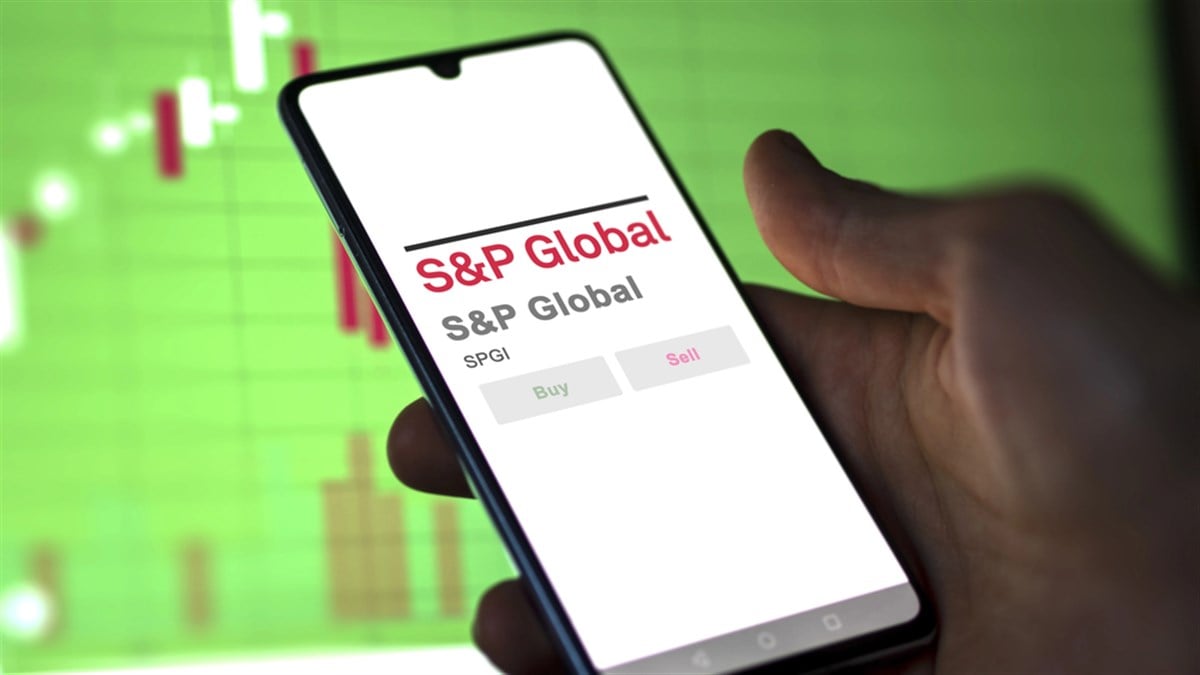
In business analysis, finding key competitive advantages helps identify firms that can sustain their market position over time. Competitive advantages can come from many sources. This includes things like network effects, where the value a service provides to users increases as the number of users increases. Social media applications are a great example of this. The more people who use social media services like Facebook, Instagram, or X, the more information users can access.
This makes these platforms more valuable to users than new social media networks that are still building their user bases. Over time, businesses controlling a massive market share become the standard. Their acceptance and usage by the masses give new users less reason to try a burgeoning competitor.
The network effect competitive advantage extends to the two financial firms discussed below. Their mass adoption by players in capital markets affords them advantages that are hard for competitors to overcome.
Financial Markets Are S&P Global’s Middle Name
The first company is S&P Global (NYSE: SPGI). Readers would rightfully understand that this company is worth over $150 billion and is the creator of the S&P 500 Index. This index provides the company with an incredible network effects competitive advantage. The S&P 500 Index serves as a ubiquitous benchmark against which people and institutions measure stock market and investment performance. Investment professionals compare the returns of a U.S. stock portfolio to the returns of the S&P 500 Index like the sun rising in the east.
Maybe no better indication of its importance is the fact that the S&P 500 and “the market” are often used as synonyms for each other. The sheer volume of people using the words “S&P 500” serves as a massive source of free marketing for S&P Global that is hard to overstate. S&P Global generates fees from companies that create investment products linked to its indexes. The top five largest mutual funds or ETFs that track the S&P 500 have approximately $3.5 trillion in assets under management. S&P Global also owns the rights to arguably the world’s second most well-known index, the Dow Jones Industrial Average.
S&P Global also controls a massive market share when it comes to the bond rating industry. The company actually makes around three times more revenue from this part of the business compared to its index business. Here, the company evaluates the creditworthiness of businesses and governments looking to issue debt for funding. Their ratings hold significant sway in how financial markets view these organizations.
This industry is essentially a three-horse race between S&P Global, Moody's (NYSE: MCO), and Fitch Ratings. These three control nearly the whole market in both the U.S. and Europe. S&P is generally thought to have the largest market share of the three.
MSCI: The Master in Global Indexes
Next is MSCI (NYSE: MSCI). Although generally less well-known than S&P, this $45 billion company is another crucial player in capital markets. MSCI also has a large network of market indexes like S&P. This makes up a significantly larger portion of the company’s overall revenue at over 50%. Investors use MSCI’s indexes more when measuring global stock market performance than the United States. Likely, the most well-known index the company controls is the MSCI All Country World Index, often referred to as the ACWI. Investors use this index to gauge global stock performance. It covers 85% of the world's stocks.
Like the S&P 500 with U.S. stocks, MSCI indexes are the go-to source when developing products for international stocks and referencing performance. This creates similar network effects. This is evident when we consider that over $16 trillion in assets is a benchmark for MSCI equity indexes. MSCI has also established itself as a leading provider of environmental, social, and governance (ESG) data and analytics for investors who incorporate those factors.
Two metrics signal MSCI’s dominance. Its forward price-to-earnings ratio is 35x, higher than 94% of U.S. financial services companies. This shows that investors will pay more for each dollar of the company's future earnings due to its advantages. Its operating margin is higher than 80% of U.S. financial services stocks. This shows that it can withstand cost increases better than others and remain highly profitable.





